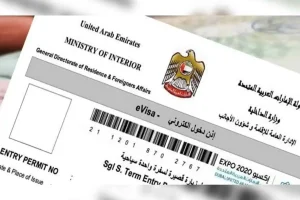The article presents a model of foreign tourist expenditure, which includes both the country of origin and the destination. This article focuses on the share of foreign tourists in total budgets and the differences in growth rates of expenditure at the country of origin and destination. The study also considers the random nature of the variables by using a fractional response model based on beta distributions to identify the tourist budget share. Using this model, the article presents a breakdown of tourism exports by year and by industry.
Among South America’s most affordable countries, Bolivia is one of the best places to visit for its breathtaking sights and cheap airfares. Although the country can be difficult to travel in, tourists can expect to spend less than $150 per person for a two-day tour of the Salar de Uyuni. The country is also home to several national parks and reserves. The cost of a trip to one of these areas depends on the activities planned, including transport.
The tourist sector’s expenditure is comprised of various sub-sectors. Tourism expenditure refers to the total amount of money spent by visitors on goods, services, and experiences. This includes expenditure on domestic and international passenger transport, accommodation, and travel accounts. As the primary activity of the producer unit, tourism expenditure represents a significant share of the economic output of the sector. The expenditure that is attributed to this industry is estimated to be over US$300 billion a year.
The Mastercard spend index, which reflects tourism expenditures, provides a reliable and transparent reflection of the total income of tourism in a country. Many governments provide high-level data on tourism income. When compared to IMF’s reports of tourism income, they line up very well on a log scale. The correlation between these two measures is 0.932. This suggests that the two are closely related. If we consider that tourism spending is the largest component of economic growth, the impact on the economy of the sector can be substantial. This makes the tourism sector a crucial force in reducing poverty and creating jobs for marginalized populations.
The TSA also estimates transactions that are not directly recorded by tourists. These include vacation home rentals and home exchanges. They also measure financial intermediation services indirectly, such as credit cards and loans. This data provides a snapshot of the overall market for foreign exchange. This information is useful in estimating the economic impact of tourism, but it is not a comprehensive picture of the sector. The results are useful for both governments and the private sector.
The economic benefit of tourism can be measured by assessing the number of visitors and their expenditures. The number of tourists to a country is often the best measure of its economic impact. This is because it captures the economic benefits and the resulting wealth for local residents. These benefits are often measured in monetary terms, rather than in terms of the level of wealth that would exist without tourism. However, the economic benefit may be smaller than the costs incurred.





